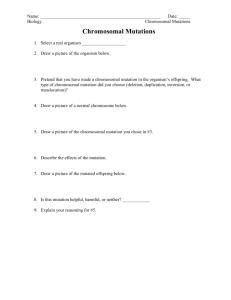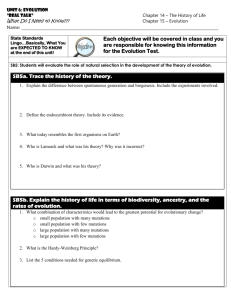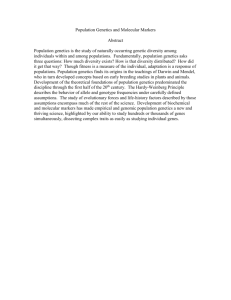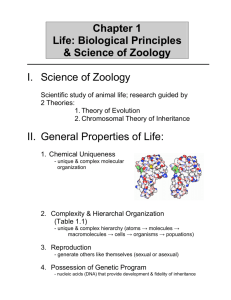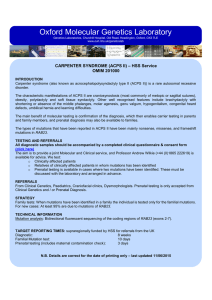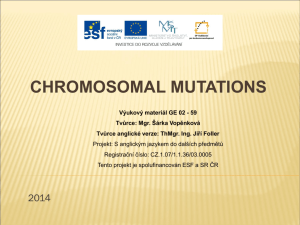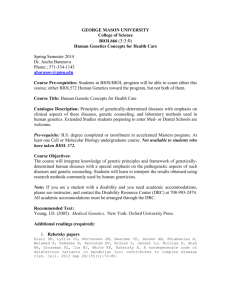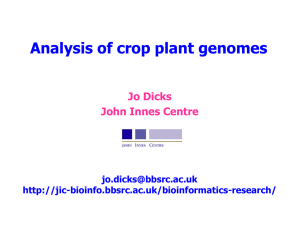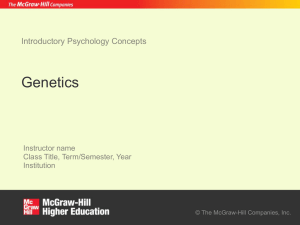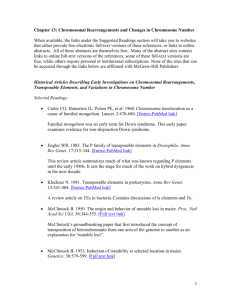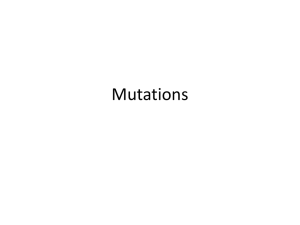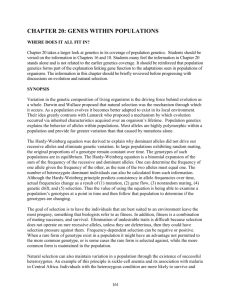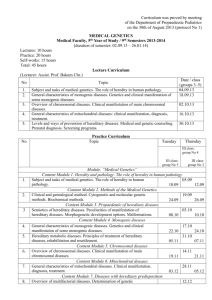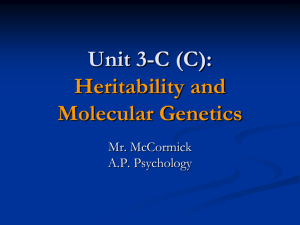PBIO 450/550.examI.sp94
advertisement
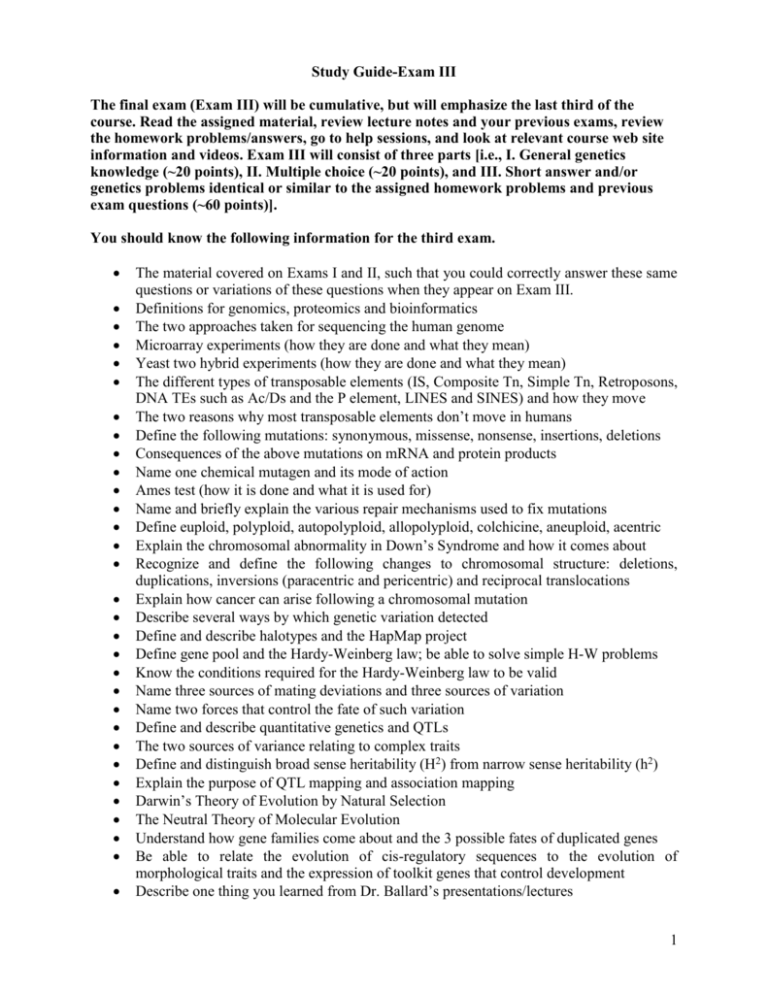
Study Guide-Exam III The final exam (Exam III) will be cumulative, but will emphasize the last third of the course. Read the assigned material, review lecture notes and your previous exams, review the homework problems/answers, go to help sessions, and look at relevant course web site information and videos. Exam III will consist of three parts [i.e., I. General genetics knowledge (~20 points), II. Multiple choice (~20 points), and III. Short answer and/or genetics problems identical or similar to the assigned homework problems and previous exam questions (~60 points)]. You should know the following information for the third exam. The material covered on Exams I and II, such that you could correctly answer these same questions or variations of these questions when they appear on Exam III. Definitions for genomics, proteomics and bioinformatics The two approaches taken for sequencing the human genome Microarray experiments (how they are done and what they mean) Yeast two hybrid experiments (how they are done and what they mean) The different types of transposable elements (IS, Composite Tn, Simple Tn, Retroposons, DNA TEs such as Ac/Ds and the P element, LINES and SINES) and how they move The two reasons why most transposable elements don’t move in humans Define the following mutations: synonymous, missense, nonsense, insertions, deletions Consequences of the above mutations on mRNA and protein products Name one chemical mutagen and its mode of action Ames test (how it is done and what it is used for) Name and briefly explain the various repair mechanisms used to fix mutations Define euploid, polyploid, autopolyploid, allopolyploid, colchicine, aneuploid, acentric Explain the chromosomal abnormality in Down’s Syndrome and how it comes about Recognize and define the following changes to chromosomal structure: deletions, duplications, inversions (paracentric and pericentric) and reciprocal translocations Explain how cancer can arise following a chromosomal mutation Describe several ways by which genetic variation detected Define and describe halotypes and the HapMap project Define gene pool and the Hardy-Weinberg law; be able to solve simple H-W problems Know the conditions required for the Hardy-Weinberg law to be valid Name three sources of mating deviations and three sources of variation Name two forces that control the fate of such variation Define and describe quantitative genetics and QTLs The two sources of variance relating to complex traits Define and distinguish broad sense heritability (H2) from narrow sense heritability (h2) Explain the purpose of QTL mapping and association mapping Darwin’s Theory of Evolution by Natural Selection The Neutral Theory of Molecular Evolution Understand how gene families come about and the 3 possible fates of duplicated genes Be able to relate the evolution of cis-regulatory sequences to the evolution of morphological traits and the expression of toolkit genes that control development Describe one thing you learned from Dr. Ballard’s presentations/lectures 1




